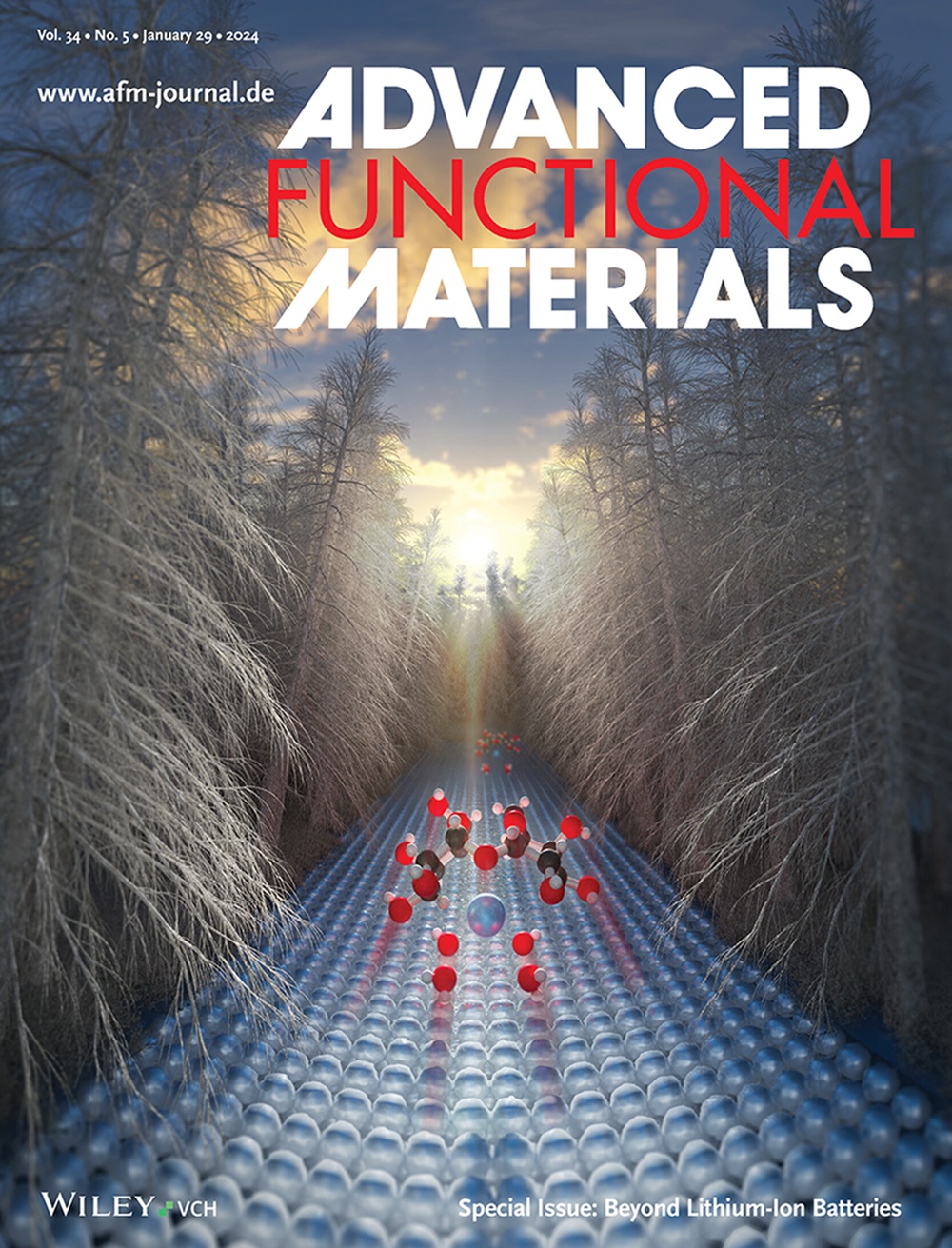Non-collagenous Protein-inspired Hydrogels with Repeated Dicarboxylic Structure and High Matrix Strength for Amorphous Calcium Phosphate Stabilization to Promote Bone Defect Regeneration
IF 18.5
1区 材料科学
Q1 CHEMISTRY, MULTIDISCIPLINARY
引用次数: 0
Abstract
Amorphous calcium phosphate (ACP) as a bone mineral precursor shows vast potential in the treatment of bone defects; however, its strong propensity to crystallize presents a major challenge during therapeutic applications. To mimic the in vivo stabilization of ACP by non-collagenous proteins, an advanced polymer hydrogel (PAASP hydrogel) with unique repeated dicarboxylic units and high mechanical matrix strength is developed to stabilize ACP for cranial defect treatment. The synergy of high calcium ions chelation strength and hydrogen bonds toughened network in PAASP hydrogel can significantly delay the crystallization process of calcium phosphate and retard hydroxyapatite (HAP) formation, which leads to fast ions release to induce osteogenic differentiation, angiogenesis, collagen mineralization, and fast mineral apposition. In vivo, early osteogenic evaluation reveals that the PAASP hydrogel with stabilized ACP mediates the fastest mineral apposition rate and the largest diameter of collagen fibrils in the bone defect zone. Compared to the widely-used HAP-loaded hydrogel (new bone coverage ratio of 53%), the ACP-loaded PAASP hydrogel can obviously promote new bone formation with a new bone coverage ratio of 88% in a rat cranial defect model. This work advances the current understanding of ACP stabilization and offers valuable insights for designing ACP-based bone regeneration materials.

求助全文
约1分钟内获得全文
求助全文
来源期刊

Advanced Functional Materials
工程技术-材料科学:综合
CiteScore
29.50
自引率
4.20%
发文量
2086
审稿时长
2.1 months
期刊介绍:
Firmly established as a top-tier materials science journal, Advanced Functional Materials reports breakthrough research in all aspects of materials science, including nanotechnology, chemistry, physics, and biology every week.
Advanced Functional Materials is known for its rapid and fair peer review, quality content, and high impact, making it the first choice of the international materials science community.
 求助内容:
求助内容: 应助结果提醒方式:
应助结果提醒方式:


